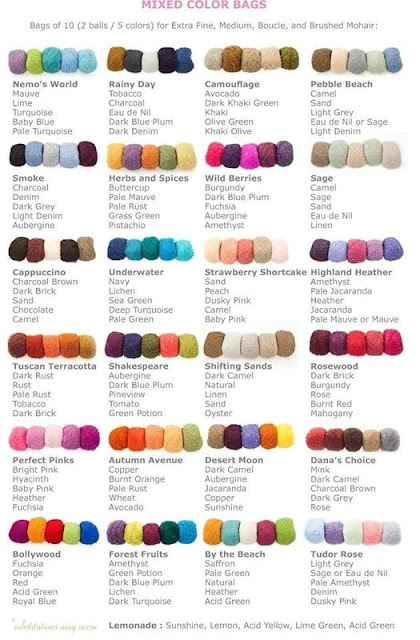Color Adulteration
 |
| (Photo: Google pics) |
Here are some of the most common food dyes used today, according to the Food Freedom Network:
Blue #1 (Brilliant Blue)
- An unpublished study suggested the possibility that Blue 1 caused kidney tumours in mice.
- What it's in: Baked goods, beverages, dessert powders, candies, cereal, drugs, and other products.
Blue #2 (Indigo Carmine)
- Causes a statistically significant incidence of tumours, particularly brain gliomas, in male rats.
- What it's in: Colored beverages, candies, pet food, & other food and drugs.
Citrus Red #2
- It's toxic to rodents at modest levels and caused tumours of the urinary bladder and possibly other organs.
- What it's in: Skins of Florida oranges.
Green #3 (Fast Green)
- Caused significant increases in bladder and testes tumours in male rats.
- What it's in: Drugs, personal care products, cosmetic products except in eye area, candies, beverages, ice cream, sorbet, ingested drugs, lipsticks, and externally applied cosmetics.
Red #3 (Erythrosine)
- Recognized in 1990 by the FDA as a thyroid carcinogen in animals and is banned in cosmetics and externally applied drugs.
- What it's in: Sausage casings, oral medication, maraschino cherries, baked goods, and candies.
 |
| (Photo: Google pics) |
Red #40 (Allura Red)
- This is the most widely used and consumed dye. It may accelerate the appearance of immune system tumours in mice. It also causes hypersensitivity (allergy-like) reactions in some consumers and might trigger hyperactivity in children.
- What it's in: Beverages, bakery goods, dessert powders, candies, cereals, foods, drugs, and cosmetics.
Yellow #5 (Tartrazine)
- Yellow 5 causes sometimes-severe hypersensitivity reactions and might trigger hyperactivity and other behavioural effects in children.
- What it's in: Pet foods, numerous bakery goods, beverages, dessert powders, candies, cereals, gelatin desserts, and many other foods, as well as pharmaceuticals and cosmetics.
Yellow #6 (Sunset Yellow)
- Caused adrenal tumours in animals and occasionally causes severe hypersensitivity reactions.
- What it's in: Color bakery goods, cereals, beverages, dessert powders, candies, gelatin desserts, sausage, cosmetics, and drugs.
~ Oliya Biswas
Previous Articles :
This article has been Sponsered by :
 |
| (For details click on the name below 👇) JAYSWAL MARKET |
Follow us on :
Facebook page :
Instagram :
Twitter :



Comments
Post a Comment